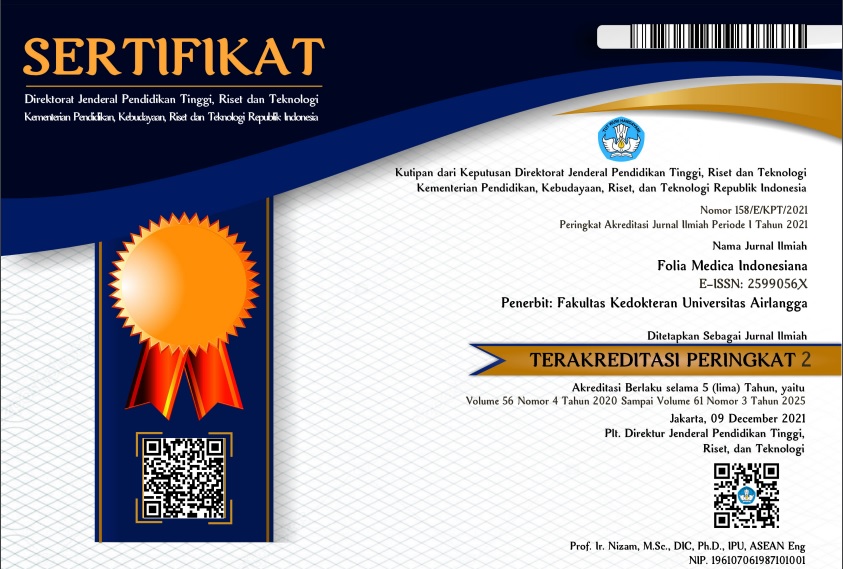ORCID ID
Yeni Fitrianingsih: https://orcid.org/0009-0002-9661-5634; Hanung Prasetya: https://orcid.org/0000-0002-9728-7559; Rani Widiyanti: https://orcid.org/0009-0009-1763-912X
Abstract
Highlights:
1. This study applied hypnopressure, an innovative method that combines auditory hypnosis with acupressure on effective uterine points, namely the Hegu (LI4) and Sanyinjiao (Sp6) points.
2. This innovation offers an effective method for managing labor pain in primigravidae during the active phase of the first labor stage compared to hypnotherapy and acupressure administered separately.
Abstract
Psychological factors, such as fear and anxiety, are often responsible for prolonged labor. Anxiety affects 58% of primigravidae, while 2–4% experience pain with scores ranging from 30 to 40 out of 50. Hypnopressure is an innovative combination of hypnotherapy and acupressure applied on the Sanyinjiao (SP6) and Hegu (LI4) points for 3–5 seconds in 20 repetitions during the first stage of labor contractions. This study aimed to determine the effect of hypnopressure on the LI4 and Sp6 points in reducing primigravidae's anxiety levels and pain degrees during the active phase of the first labor stage. This research used a double-blind randomized controlled trial methodology with a pretest-posttest design. Eighty subjects were divided into four groups to compare the effects of different interventions and determine which one demonstrated the most effectiveness. Each of the hypnopressure, hypnotherapy, acupressure, and control groups comprised 20 subjects. The treatment interventions were administered during the active phase of the first labor stage, which was subsequently analyzed using the Wilcoxon and Kruskal-Wallis statistical tests (p<0.05). The hypnopressure (p=0.000), hypnotherapy (p=0.000), and acupressure (p=0.002) groups experienced decreasing anxiety levels. The Kruskal-Wallis post-test indicated a significant difference (p=0.000) after treatment, revealing that hypnotherapy resulted in the lowest decrease in anxiety compared to the other three groups. Additionally, the degree of labor pain (p=0.000) was lower in the hypnopressure group (4.00±1.496) than in the other three groups. There was a significant difference across the four groups (p=0.000), with subjects in the hypnopressure group reporting lower pain degrees compared to those in the hypnotherapy (p=0.000), acupressure (0.000), and control (p=0.000) groups. In conclusion, this study suggests that hypnopressure treatment can decrease anxiety levels and pain in primigravidae during active labor.
Keywords
Hypnopressure, anxiety level, pain degree, primigravidae, maternal health
First Page
265
Last Page
270
DOI
https://doi.org/10.20473/fmi.v60i4.64138
Publication Date
11-12-2024
Recommended Citation
Fitrianingsih, Yeni; Prasetya, Hanung; and Widiyanti, Rani
(2024)
"Hypnopressure as a Non-Invasive Method for Anxiety and Pain Management in Primigravidae during Active Labor,"
Folia Medica Indonesiana: Vol. 60:
No.
4, Article 1.
DOI: https://doi.org/10.20473/fmi.v60i4.64138
Available at:
https://scholarly.unair.ac.id/fk-fmi/vol60/iss4/1






